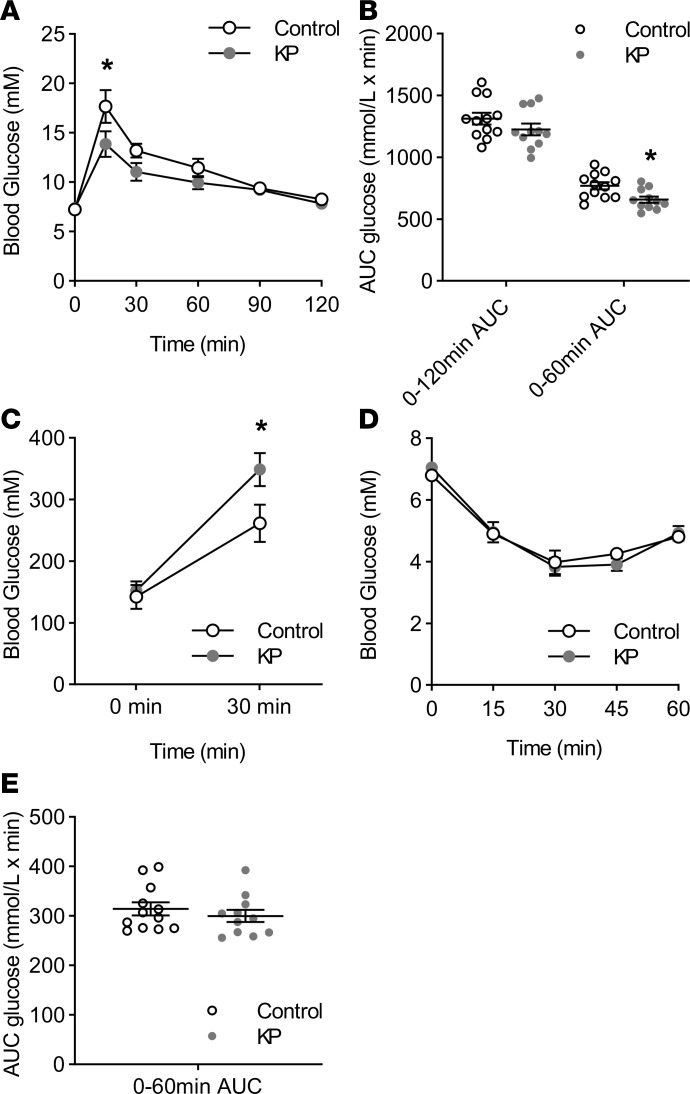Figure 1. In vivo effects of chronic kisspeptin administration on glucose homeostasis in nonpregnant mice.
(A) In nonpregnant female ICR mice, chronic subcutaneous administration of kisspeptin resulted in improved glucose tolerance after intraperitoneal (i.p.) glucose administration (2 g/kg) when compared with untreated controls (2-way repeated-measures ANOVA, 15 minutes P < 0.001). (B) There was no significant difference in overall 120 minutes area under the curve (AUC), but kisspeptin treatment did result in a significant reduction in glucose AUC over 0–60 minutes (2-tailed Student’s t test, P = 0.0321). (C) Although chronic kisspeptin treatment had no significant effect on fasting plasma insulin levels, kisspeptin-treated animals had significantly increased insulin release in response to i.p. glucose administration (2 g/kg) after 30 minutes when compared with controls (1-way ANOVA, P = 0.033). (D) Kisspeptin had no effect on the plasma glucose response to i.p. insulin administration (0.75 IU/kg) when compared to controls, through comparison of both individual time points and (E) glucose AUC. Mean ± SEM, n = 11–12, and *P < 0.05 vs. control.

